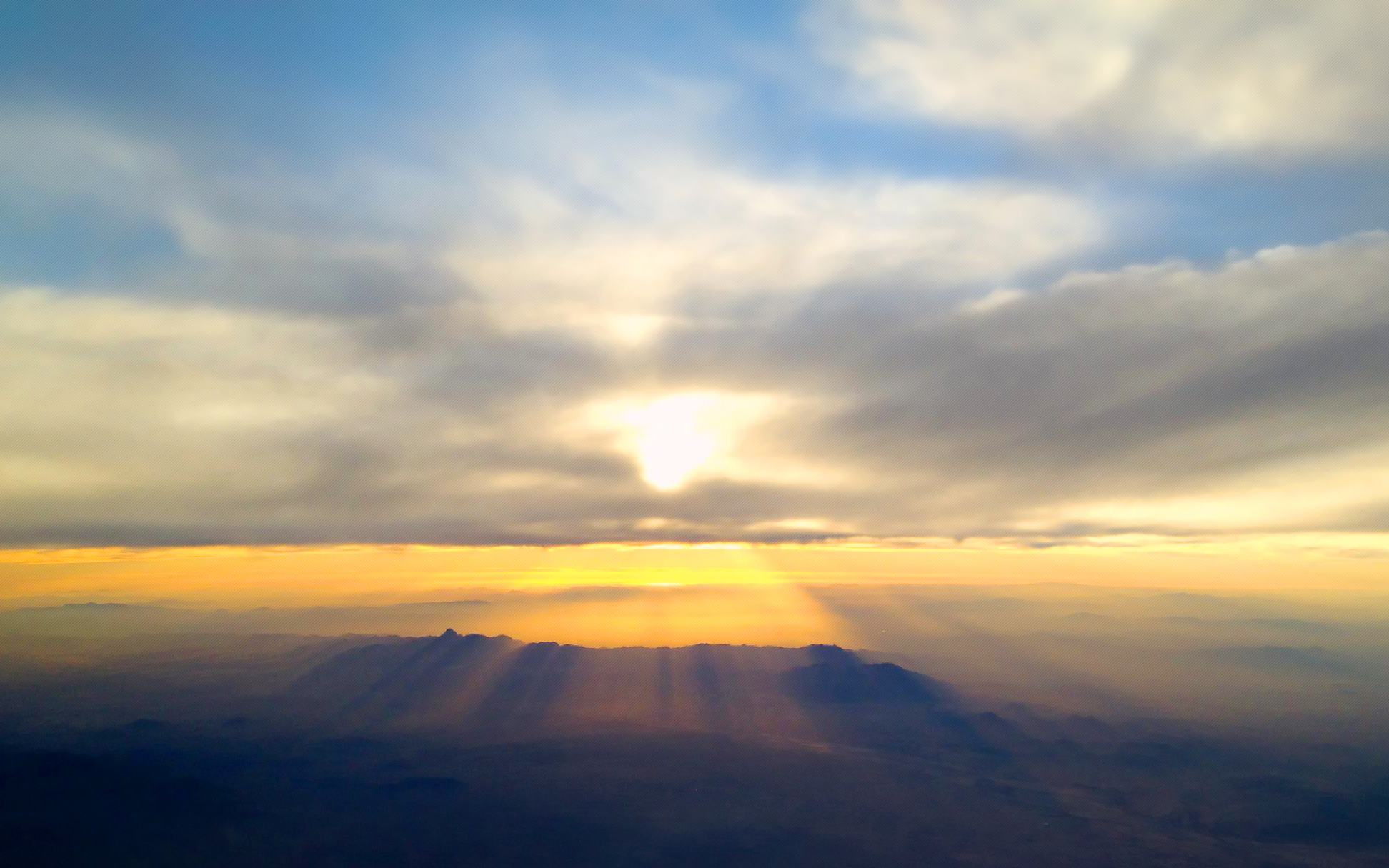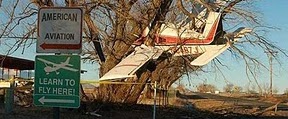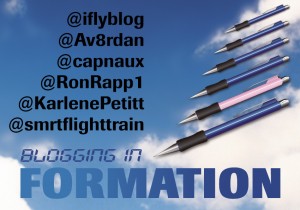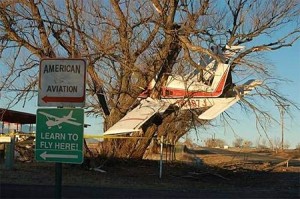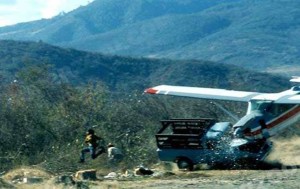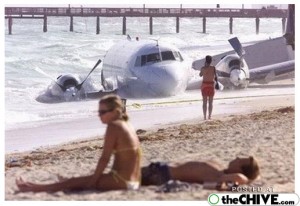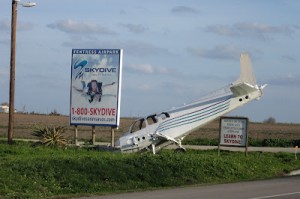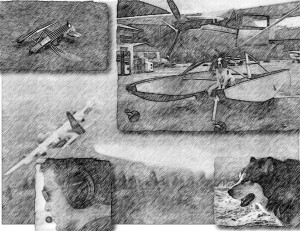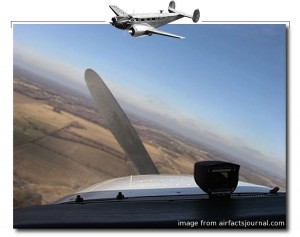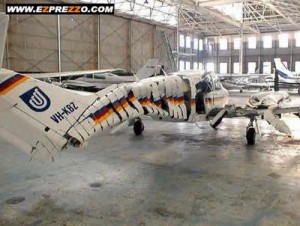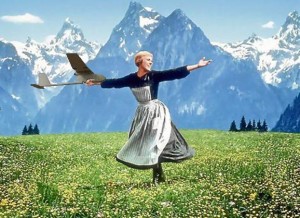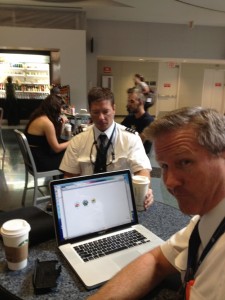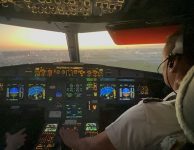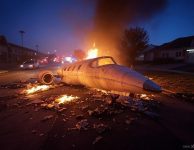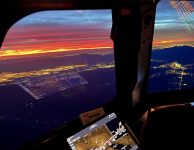_______________
“I nearly wet my pants.”
_______________
“Brrrrrrrrooowwww”went the sound of my engine winding down.
I nearly wet my pants.
Why? Minor detail: I was still 10 miles from the airport, at an altitude of 3,500′ in a single engine Grumman Cheetah.
I was a 20-something flight student working on a college degree and a CPL (commercial pilot’s License.) My college, Cochise, had a runway right on campus. A “poor man’s Embry Riddle,” I liked to call it.
Located smack in the heart of nowhere and six miles north of the Arizona/Mexico border, the campus offered wide open, clear blue skies for us fledgelings to spread our wings. While the Sonoran desert below offered relatively flat terrain, none of us newly-hatched chicks wanted to brave the cactus-strewn, rattlesnake- and scorpion-infested wastelands in a 4-seat accidental glider.
And yet, There I Wuz . . .
But more on that lesson later.
Speaking of nearly wetting my pants . . .
On one of my most memorable cross country flights at the same college, I found myself an hour away from my destination—Deer Valley Airport, in the northwest Phoenix Valley—when I had to go pee.
Really, really bad.
Checking the fuel supply, I firewalled the throttle. The engine screamed. The airspeed indicator leapt from 115 kts to . . . 116. I asked Albuquerque Center for a direct routing to destination. No such luck. I seriously considered diverting to an emergency alternate. But try explaining that to the dean.
_______________
“My bladder’s overpressure relief valve was so far past its design limit,
I was near panic.”
______________
Inch by maddening inch, I inched toward my destination. After an eternity, the Phoenix Valley loomed into sight. Deer Valley lay on the opposite side of the metro area—another 10 minutes to cross.
Having received my PPL (Private Pilot License) training in the Valley of the Sun, I was more than familiar with the old landmarks. However, my bladder’s overpressure relief valve was so far past its design limit, I was near panic. As I frantically scanned the city, nothing looked familiar. Fortunately, Phoenix ATC vectored me straight to Deer Valley airport, where, after several bladder-jarring bounces, I touched down. I fast-taxiied to the parking area, set the brake, killed the ignition and eased out of the cockpit. No “hopping out” for me; any fast movements, and my jeans would be a darker shade of blue.
I waddled to the bathroom, doing my best to look nonchalant.
Today, I am happy to say, all my flights are on airliners with plenty of lavs available. But I think, even after 17,000 more hours under my belt since that fateful day, my internal overpressure relief valve has been fully trained to come nowhere near its design limit ever again.
Our Lesson Here:
—Always take a whiz before flight.
—Don’t load up too much on coffee.
—No lav aboard? Carry your own: an empty, gallon-sized water jug.
As for my engine winding down?
My heart leapt in my throat. I immediately lowered the nose to keep airspeed. My brain switched into overdrive, calculating the probabilities of deadsticking in to our runway, and searching for an alternate, snake- and cactus-infested gully in which to land.
Just like the problem of diverting to take a whiz, I knew the best outcome would be that I’d earn the constant ribbing of my peers, and some horrid nickname that I’d never live down.
At worst, I’d die.
_______________
“At worst, I’d die.”
_______________
That reminds me of another good lesson, that of James Richards (not his real name), my fellow Alaska bush pilot in Juneau. One day, while taxiing his Cessna 207 around a line of airplanes, he took the turn a little too hot and tight. His wing dinged another wing. Result: two busted nav lights. No big deal. But it earned him an “incident” in the FAA playbook, and the dubious nickname of “Crash.”
He hated that name with a passion, but it stuck with him for the rest of the season. Today, “Crash” Richards is a senior Captain at Alaska Airlines.
Captain Richards is also the original inspiration for the name of my character Jake “Crash” Whitakker, the legendary bush pilot in my novel, The Last Bush Pilots. Larger than life, Jake is equally adept at landing planes and ladies—and “crashin’ ’em,” too. See his story below!
Our Lesson Here:
—Always take it careful and easy around airplanes; at worse, you’ll die; at best, you’ll earn a reputation and nickname you don’t want.
— — — —
Excerpt from
The Last Bush Pilots
CHAPTER 5: Jake “Crash” Whitakker
In the ego-filled world of Alaskan commercial pilots, Jake Whitakker was the undisputed king of flight. This was not consciously acknowledged by those around him, it was simply understood as fact. Many disagreed with his cowboy ways in the cockpit, especially FAA Inspector Bruner and his government cohorts back in Oklahoma City.
Nevertheless, Whitakker’s airmanship remained unquestioned. And as a hunting and fishing guide, Jake Whitakker had no equal.
Born in Kalispell, he spent much of his youth hunting the Montana wilds under his prospector daddy’s muddy boots. With Mom gone long before his memory, young Jake learned to bring home the buck and skin it while Dad panned and sluiced his way across the Rockies, Canada, and finally Alaska. Squandering a healthy family inheritance, father and son traveled in an aging Piper Super Cub, which Jake soloed before his thirteenth birthday.
A year later, his flight-of-fancy life suddenly crashed and burned.
In a bar room shootout over a shady lady, Jake lost his one anchor: his friend, his mentor, his hero. His dad. For the first time in his life, Jake was alone. Abandoned by the one he loved.
Devastated, a wall went up around him.
Authorities sent the wild boy to a Catholic orphanage. Though Catholic on the birth certificate, he’d rarely set foot in a church. Like Tarzan coming to the city, he didn’t fit in, didn’t belong. And he didn’t care. Weekly fistfights with the other boys and the nuns’ daily knuckle rappings did little to temper his demeanor, for the seeds of his life had already been sewn. Jake Whitakker was a renegade and mountain man, born and bred.
After high school, to finance his commercial flight training, he landed a summer job on a forest fire fighting crew. Each season he worked up the fireman’s ladder, eventually landing in the copilot seat of a slurry bomber, a modified C-130. Flying troops and slurry over the burning brush, he and his crew squeezed the twin engine turboprop plane into and out of some of the shortest dirt strips in the country.
Once, during a low pass over a particularly hot fire, an underground fuel tank exploded, sending liquid fire and shrapnel flying into his path. He banked hard and climbed, but too late.
The number two engine disintegrated and his right wing caught fire. Before the captain and crew realized what had even happened, he calmly deadsticked the craft into a meadow, dumping the slurry as he did. The plane landed, wheels up, in a cloud of red dust. The fire retardant doused the flames, and though the plane was a total loss, the men escaped with few injuries and no burns.
The action earned him command of his own ship, and the dubious nickname of “Crash.”
A small scar from that action graced his square chin cleft, complimenting his woodsman’s good looks. And at six feet two of swaggering muscle, he was equally skilled at landing ladies.
During winter months he flew, backpacked and hunted the wilds of North America. His outdoor talents caught the eye of a U.S. Fish and Wildlife official, who talked him into taking on another role: Game Warden. Jake’s contempt for poachers nearly equaled his passion for hunting, as only a man brought up firsthand to understand nature’s delicate balance could. He added to the Department’s arsenal a most effective weapon: a floatplane. With great mobility, efficiency and zeal, the man enforced his beat.
It was an idyllic, if ironic, existence for the wild man. But even along the Canadian border, civilization hounded him. Finally, a tough young Yupik Eskimo named Sophie, working a summer job for the forest service, caught his eye. Sparks flew as hot as the embers from his old job, melting the glacial ice around his heart. But when the season ended, despite Jake’s frantic pleading, she returned to her native village of Akiachak, Alaska.
Abandoned yet again by the one he loved, Jake was crushed. He took a long hard look at his life, then looked at her photo. He recalled his youth in the vast Alaskan Interior. The land and Sophie beckoned.
“To hell with it,” he said, and followed her to Alaska.
The love affair, so perfect in the Lower Forty Eight, was a train wreck. Only Eluk, the family’s new Alaskan Malamute puppy, seemed to enjoy his presence. Including Sophie.
Sensing her slipping away, he begged her to marry him. She refused. More to the point, her family refused. While a Gussik husband might mean a step up in wealth, a pilot would never be around to help during the tough times. Moreover, Sophie’s father had other plans for her, in the form of a tribal official in Bethel.
Jake left with his tail between his legs. With his tail wagging, Eluk followed. Except for the affection Jake felt for his new companion, the glacial wall around his heart refroze. He fled as far as possible, to the opposite corner of the state, from Sophie. But never again did he leave Alaska.
Joining an upstart air taxi firm in Juneau called Southeast Alaskan Seaplanes, Whitakker quickly gained a reputation as one of the region’s premier hunting and flying guides.
But that was not the only fame he gained. While some said he invited the worst of luck, to pilots he enjoyed the best. Starting with his legendary slurry bomber crash, Jake survived no less than two accidents and three “incidents,” as the National Transportation Safety Board called his minor crackups in typically dry government legalese. He walked away from them all. And, while eighty percent of all aviation crashes were attributed, rightly or wrongly, to “pilot error,” only one was ever blamed on him.
The accident had occurred in Gastineau Channel. Summer tourist season had brought yet another luxury cruise ship into port, and while some passengers power-shopped downtown, the more adventurous signed up for the SEAS’ glacier “flightseeing” tours.
Sunny skies and whitecaps promised a scenic but bumpy ride for Whitakker’s passengers.
A barf bagger day for sure, Jake thought with a grim smile, as he flew his floatplane up the Gastineau Channel toward the cruise ship.
Jake’s de Havilland Beaver led a squadron of cohorts, strung in trail from the airport. Like Navy pilots in a carrier pattern, each planned to touch down, glide up to the ship dock, load up and launch again, only seconds apart. All part of the show.
Slowing the Beaver to final approach speed, Whitakker scanned the channel for boat and plane traffic. Calculating wind, waves and channel current, he selected the prime touch down point which would slide his bird up to the dock with minimal work.
Off to one side, an inebriated boatload of partiers raced along the channel. Beer goggles firmly in place, the speedster blasted through the waves, happily oblivious to anything as strange as an air ship landing on water. With a playful laugh, his woman poured a Budweiser over his head. In retaliation, he swerved to plop her back down in her seat. The action sent him straight for Whitakker.
Out of the corner of his eye, Jake caught the motion. The boat he’d dismissed as nonthreatening was now heading straight for him.
Whitakker banked sharply right. At the same moment, a wind gust stalled his lower wing, which dropped further, catching the tip in a wave. The plane cartwheeled and flipped.
Suddenly Whitakker found himself upside down, looking through the windscreen at the murky green depths of the channel. He gasped as freezing water poured in. Releasing his harness, Jake “fell” to the ceiling, his head hitting hard and submerging in water. He fumbled to slide the window open and the water gushed in. Finally, when enough water filled the cabin to equalize the pressure, he popped open the door and swam out.
Disoriented, he eyed the bubbles rising about him, and swam with them to the surface. Lungs nearly bursting, he broke surface. He gasped for air, twice sucking in seawater as the rough waves slapped at him. He dragged himself onto the nearest float, now floating upside down.
Shocked, the drunks circled to rescue him. They pulled up in time to see a figure standing on the float and looking like a humiliated, rain-soaked cat. As they eased up along side, Whitakker turned to them, a look of murder in his eyes.
Thinking twice about rescue, the driver shifted into reverse. “Uh, hey there, buddy,” he said, “I’ll go for help.”
The drunk hit the throttles, but the cat leaped, landing on him with all his weight.
By the time the others pulled Whitakker off him, the driver sported a broken nose, two missing teeth, and a gouge above his left eye that took eighteen stitches to close.
Assault charges were never pressed, but the incident bought him a one-month pilot license suspension for Careless and Reckless Operation of an aircraft.
And one month’s free drinks at the Red Dog Saloon.
_______________
“The crisis lasted a microsecond, but taught me a lifelong lesson.”
_______________
So, about that engine failure . . .
I immediately reached down between the seats and switched fuel tanks. The engine sputtered back to life.
I landed without further incident, but with my heart still racing.
That’s it. The crisis had lasted only a mircosecond, but it taught me a lifelong lesson.
You see, the Cheetah was equipped with two wing fuel tanks, and a pilot has to switch between them to maintain an even burn. Being used to Cessnas that had only one tank—or, that is, two wing tanks that automatically drained equally, no tank switching necessary—I was naturally not used to such fuel monitoring. And I had drained one tank dry.
But after that day, I never failed to maintain a completely even fuel burn.
Our Lesson here:
—Always monitor your fuel load, even when you know you have plenty.
When confronted, the man began screaming at the ground personnel . . .
